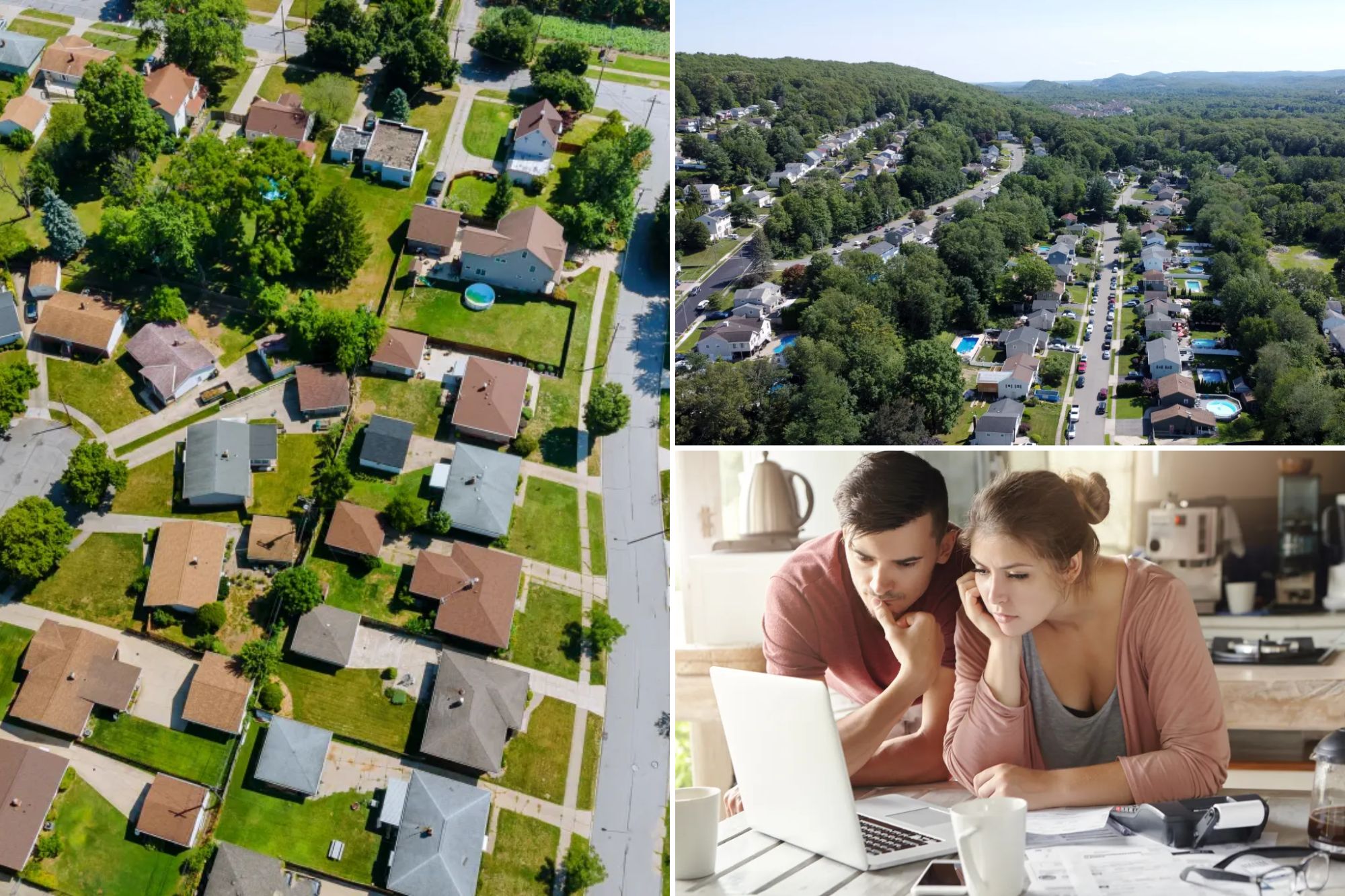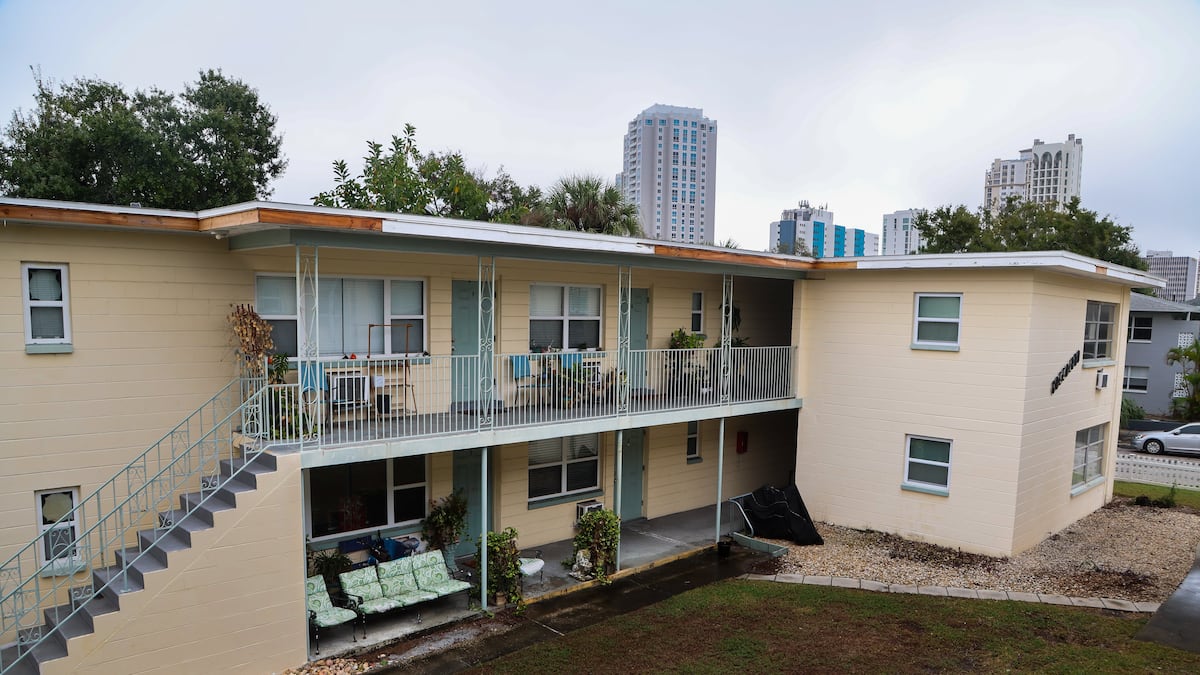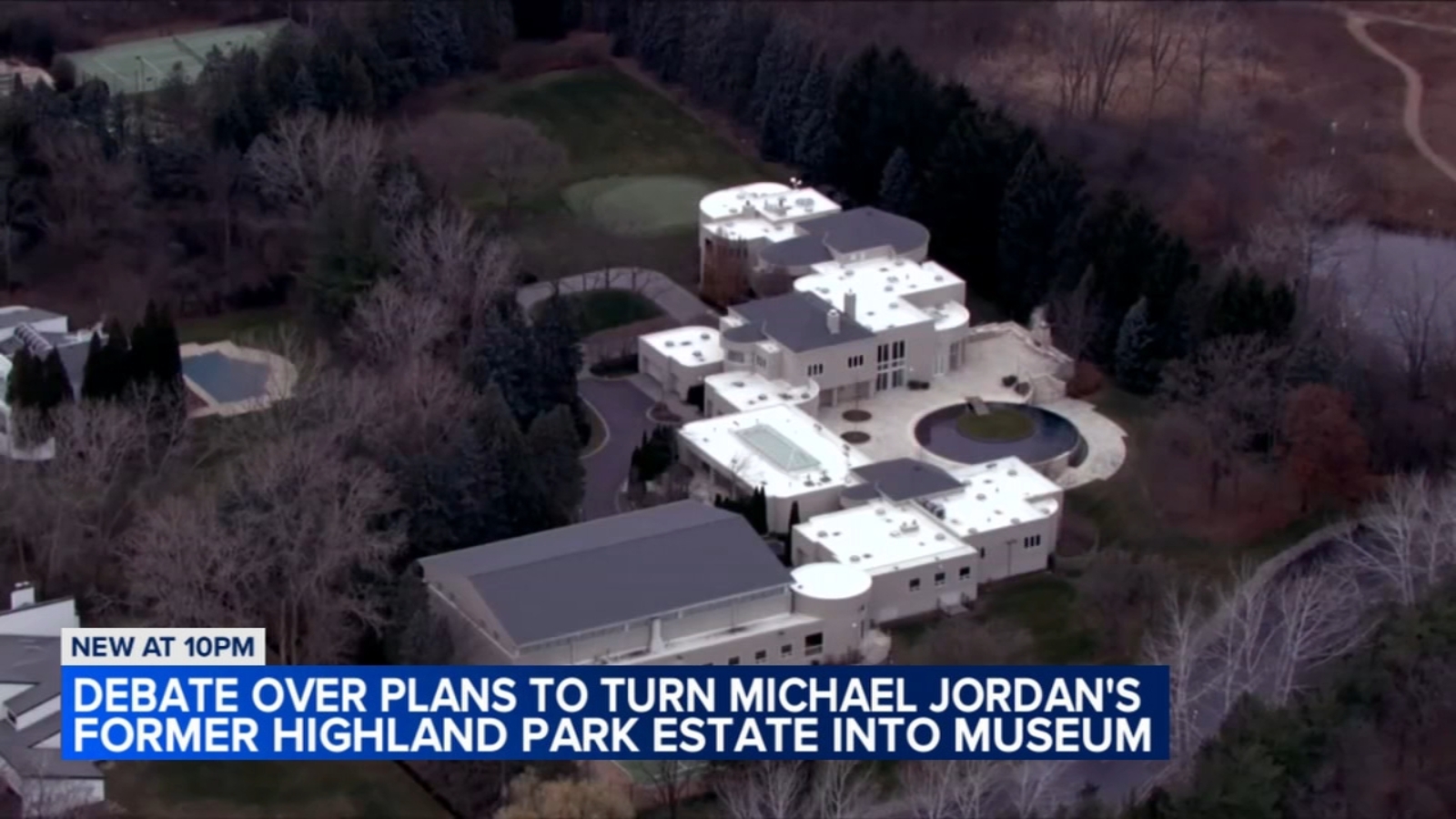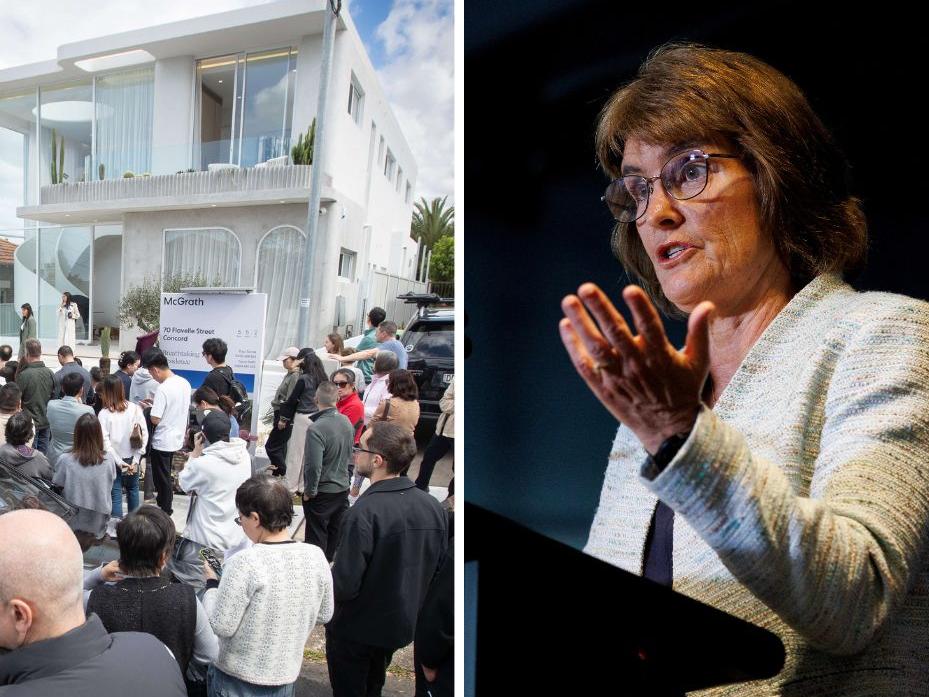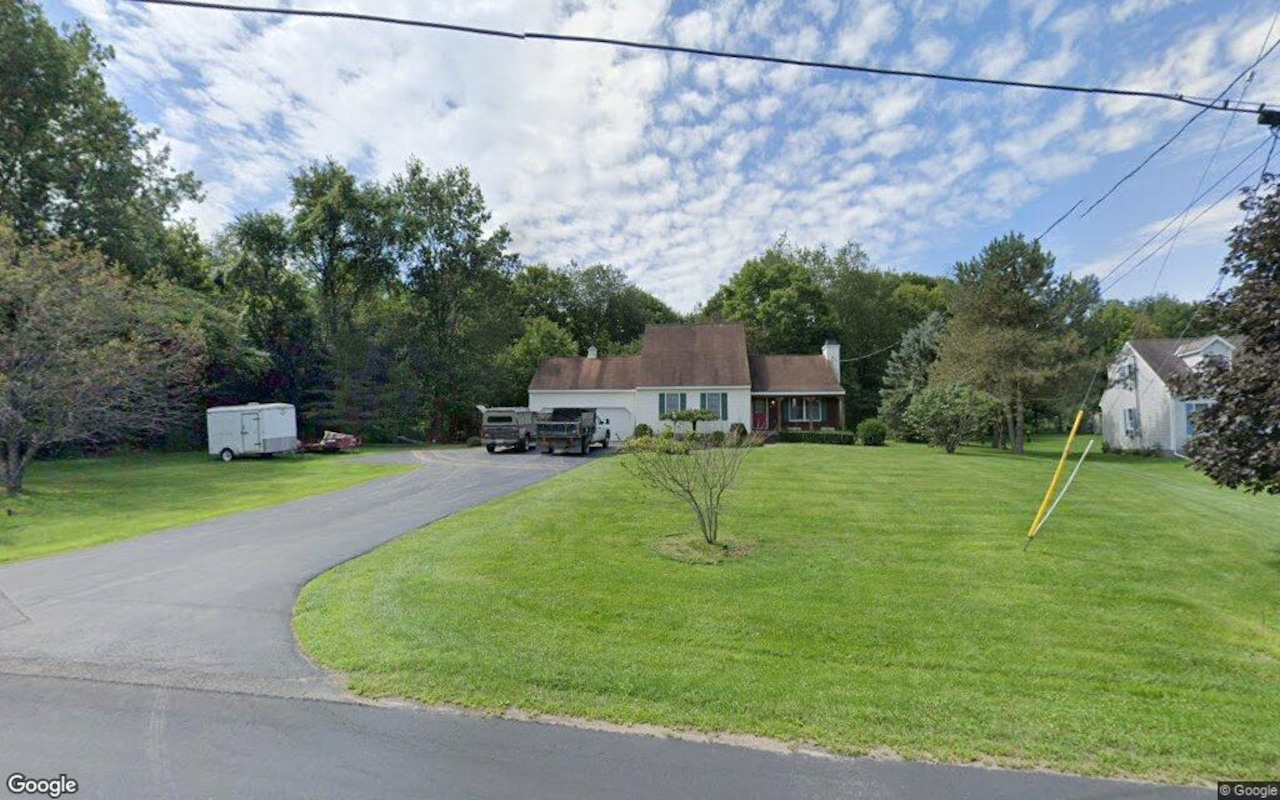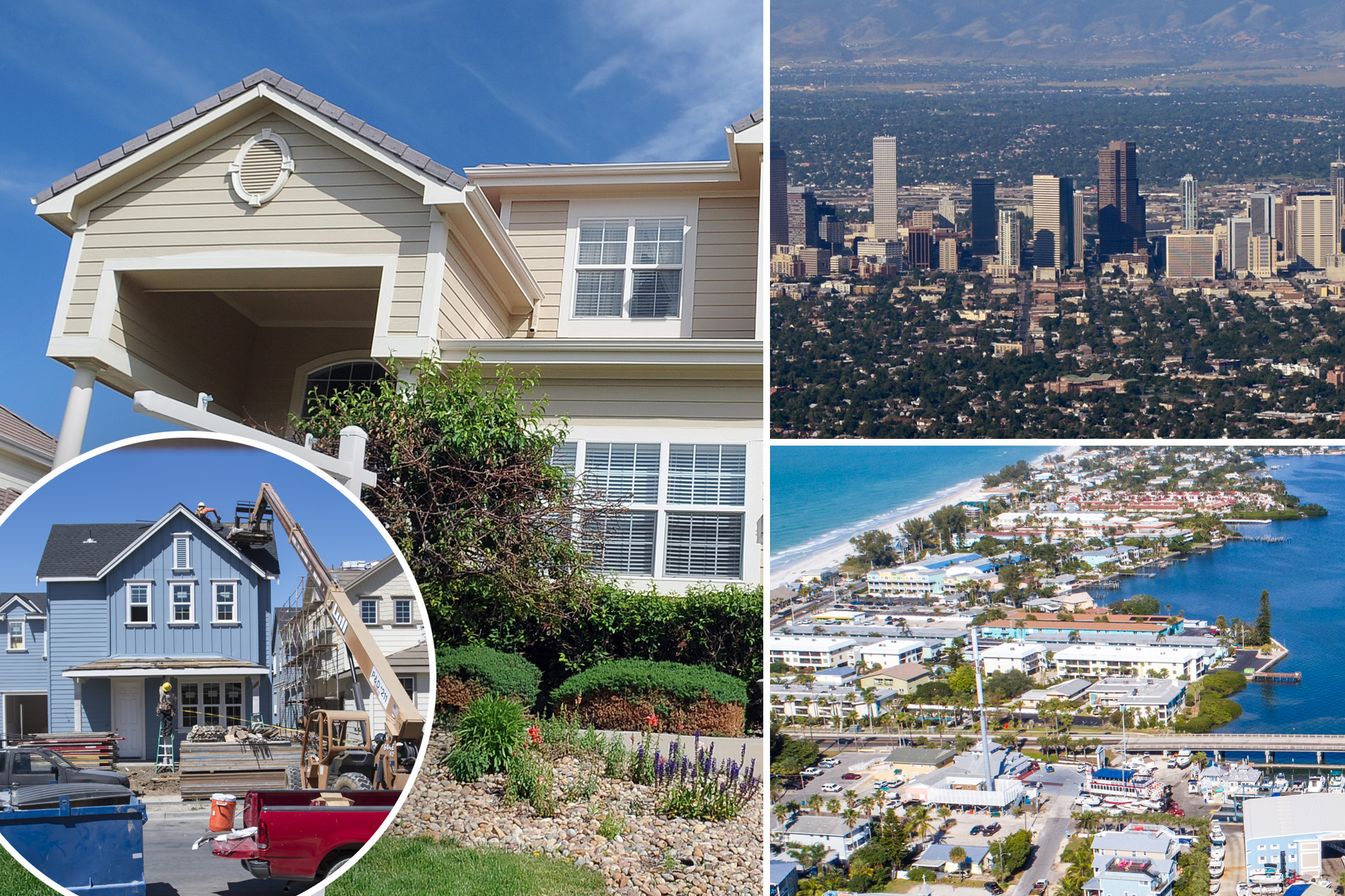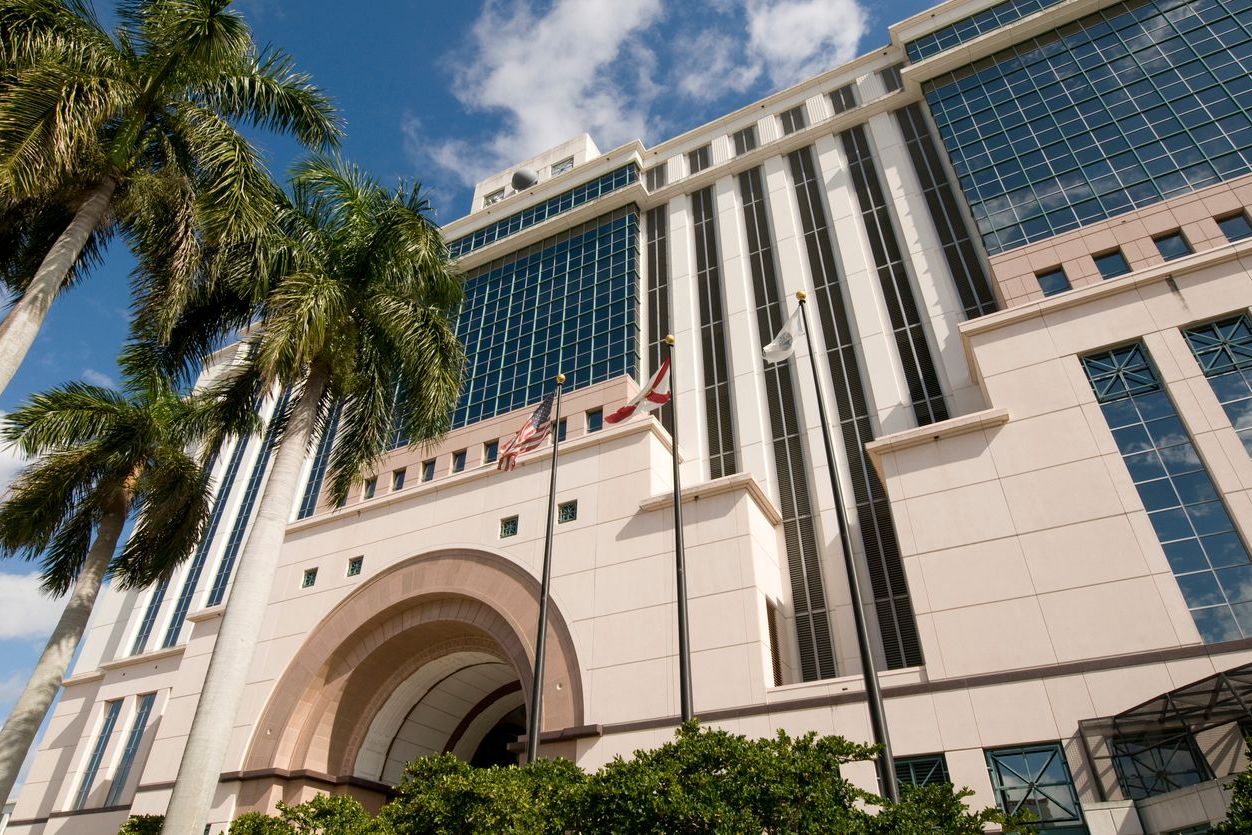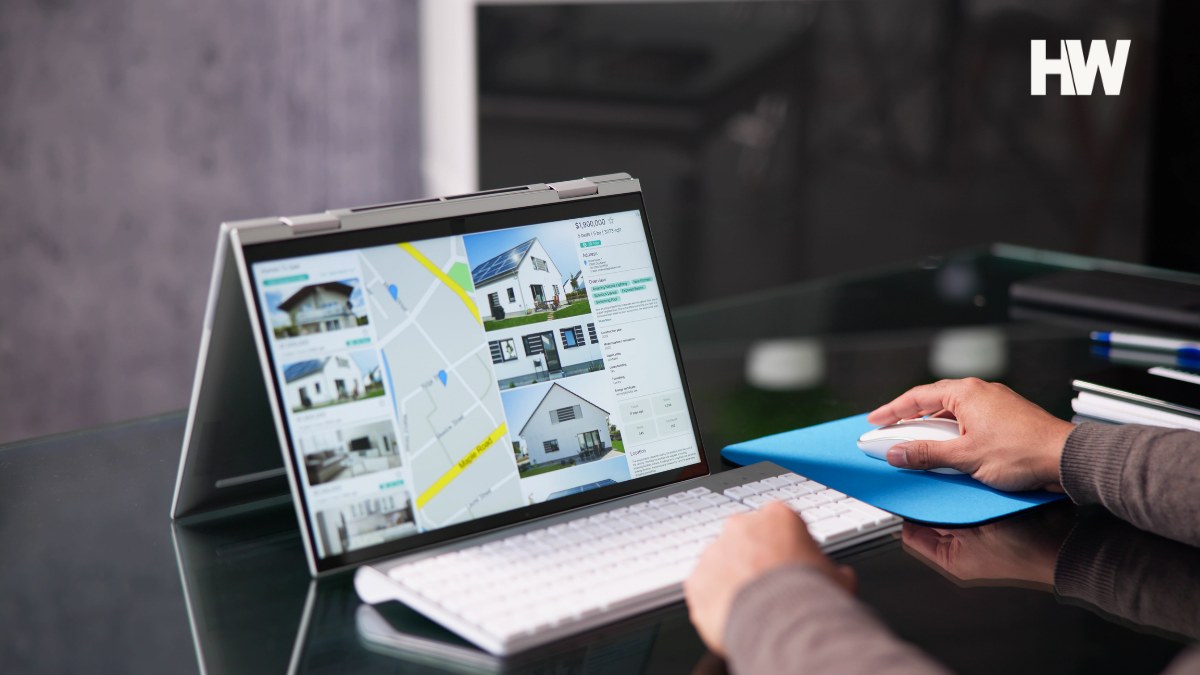F
or decades, owning a home was the key to middle-class security, allowing families to build wealth and pass it down. However, this promise is now under threat.
The cost of homeownership has skyrocketed in recent years. In 2024, the annual income needed to cover mortgage payments on a median-priced home jumped to $126,670 – a 60% increase from just three years earlier. Meanwhile, US median household income rose only 1.3%, to $80,610.
"This makes it difficult for people to justify buying a home," said Laurie Goodman of the Urban Institute. "The financial gap is too wide."
Several factors are contributing to this affordability crisis. A shortage of new homes has been exacerbated by labor shortages and homeowners holding onto low-rate mortgages. Property taxes have also increased significantly, with bills jumping nearly 50% in Florida and 33% in Dallas over the past five years.
As a result, more Americans are being priced out of homeownership. The median age of first-time homebuyers has risen to 38, up from 28 in 1991. First-time buyers now make up just 24% of the market, the lowest share on record.
In many areas, renting is now cheaper than owning a home. In fact, in 49 out of 50 major metropolitan areas, renters save an average of $908 per month compared to homeowners. This shift has been driven by a decade-long construction shortfall and rising building costs.
Some cities are trying to address the issue through innovative solutions, such as low-interest loans and lease-to-buy programs. However, for many, the costs and risks of ownership outweigh the benefits. Some homeowners are even choosing to sell their homes and rent instead, despite having small mortgages.
